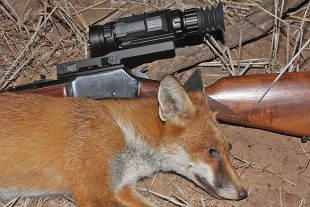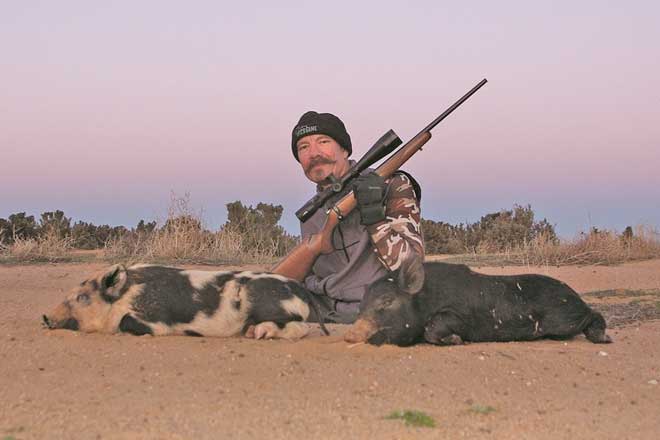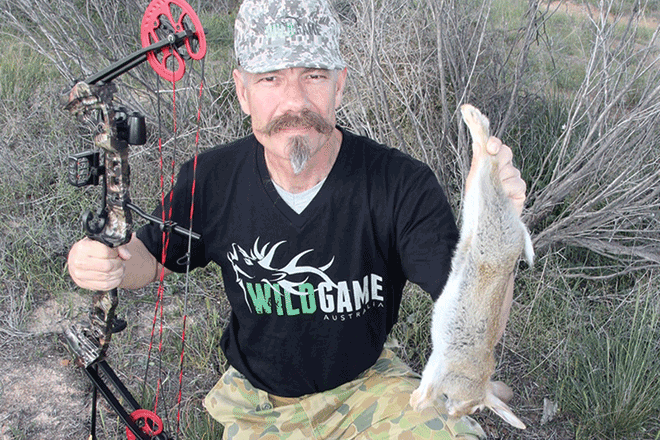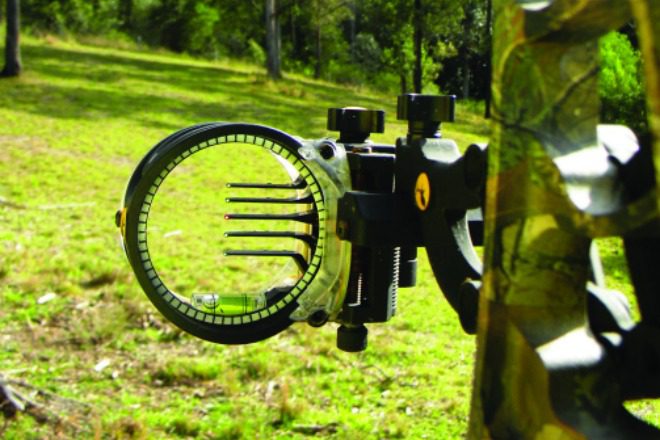IN this article I will inform you how to effectively whistle for foxes, which are by and large considered one of the greatest threats to native Australian wildlife.
An often-touted fallacy among anti-hunters (for political ends) is that Australia’s non-professional hunters take up the pastime because they enjoy killing. These misguided protest addicts generally come from concrete habitats and have no practical experience with the rural environment. Away from big city lights, hunting is a necessary means for the control of introduced pest animals. Like a significant majority of mum and dad shooters in Australia, my only motivation for hunting is for the conservation of native wildlife.
I learnt to shoot in my youth and for several years was a competitive silhouette target shooter. After a decade without a firearm in my possession I was compelled to take up hunting once again, about 10 years ago, to control Indian mynas on my rural block, which is a registered ‘Land for Wildlife’ conservation property.
That campaign of ‘conservation hunting’ has broadened since to include the other two of the top three contributors to the decline in native wildlife: the feral cat and the European red fox. Current estimates of the population of foxes in Australia stand at seven million. Their range is even now creeping into the Kimberley region, with its unique and very vulnerable small mammals.
The consequences of an uncontrolled fox population are obvious and disastrous. Foxes are by no means restricted to rural areas, with significant populations in all mainland capital cities with the exception of Darwin. Security cameras regularly capture foxes prowling for food in suburban and industrial areas too.
When I recently placed remote game cameras on my block to monitor the comings and goings of native nocturnal wildlife I was shocked to find images of foxes almost every night. This offered an immediate explanation for the decline I’d noticed in numbers of bandicoots, brown quails and buff-banded rails and the regular disappearance of the majority of the ducklings from the four native duck species nesting in my paddocks.
Something obviously had to be done. Baiting, even with the allegedly wildlife-friendly 1080 bait was not an option due to the number of domestic and working dogs that wander my area. I’m also concerned that 1080 may have significant impacts upon native carrion and opportunistic feeders (magpies, crows, goannas and so on).
The only 100 percent guaranteed selective eradication method is daylight shooting. Foxes have a reputation for being wily, so you might think that hunting them in daylight would be a nigh-on impossible task. Streets more effective than stalking foxes is luring them within range with a decoy whistle.
Being able to whistle for foxes is an art form that can be tremendously effective once mastered. It can also be extremely frustrating before you get a few results under the belt to give you some faith in the technique.
Here are a couple of pointers for those wishing to try whistling for the first time.
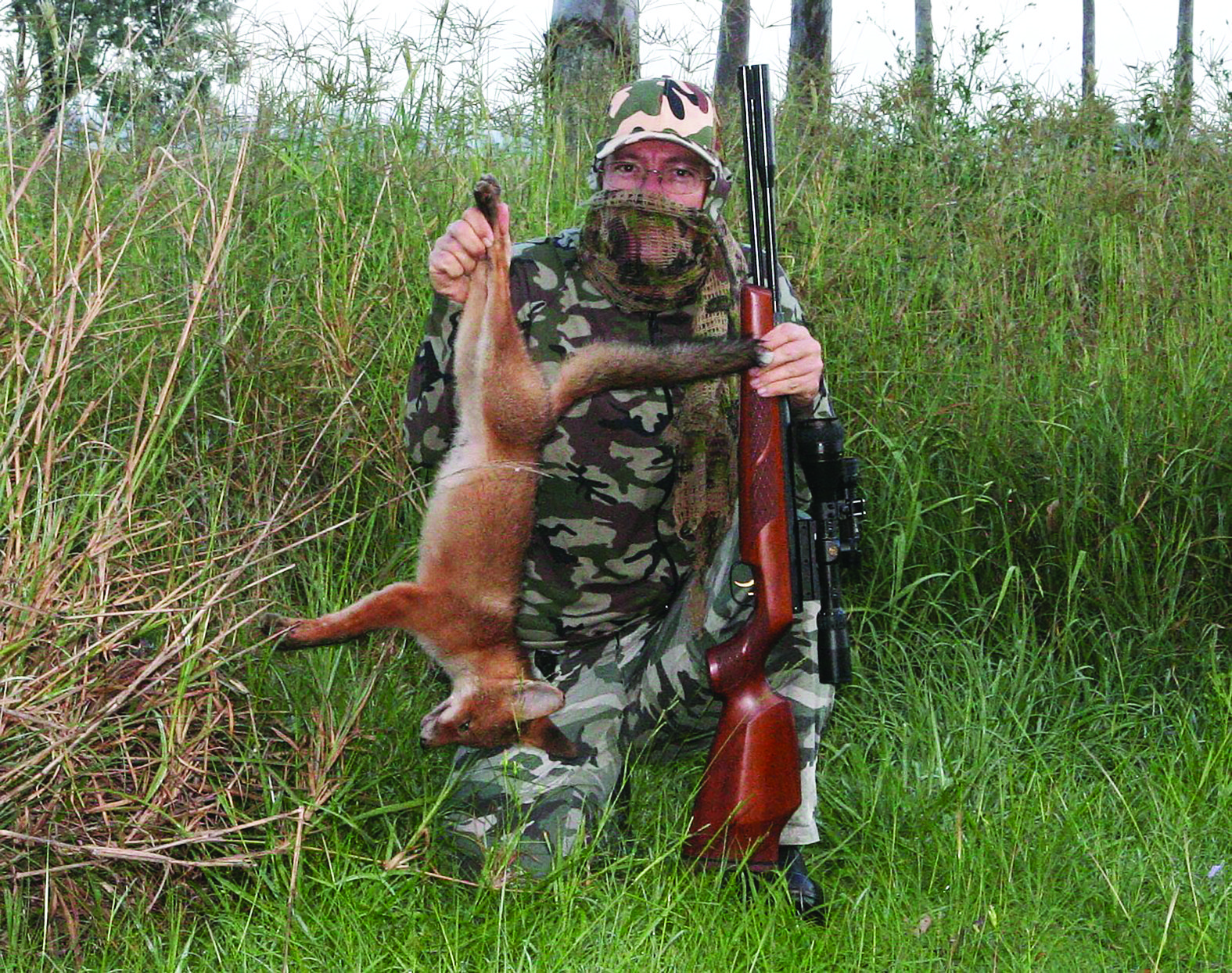
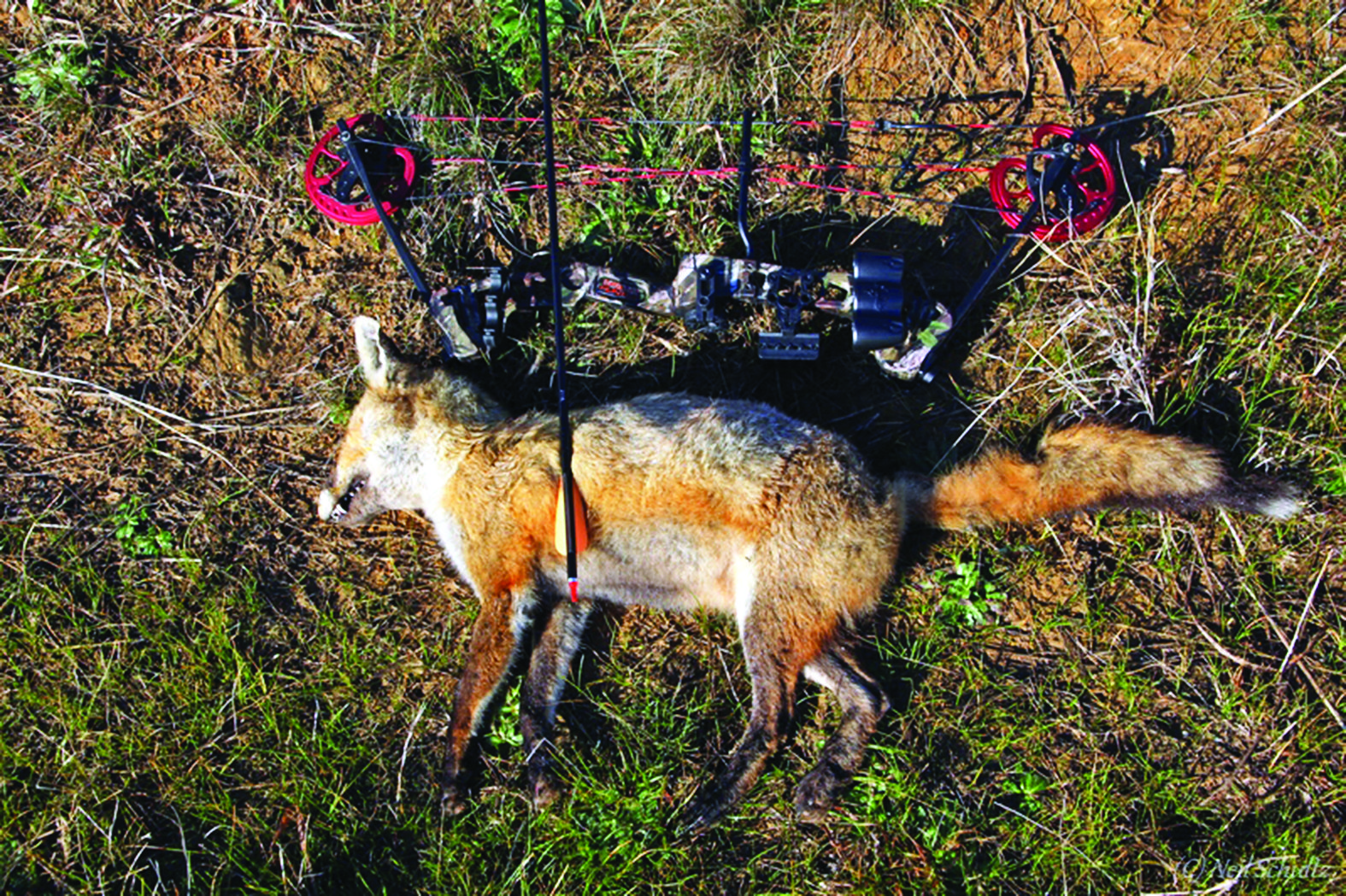
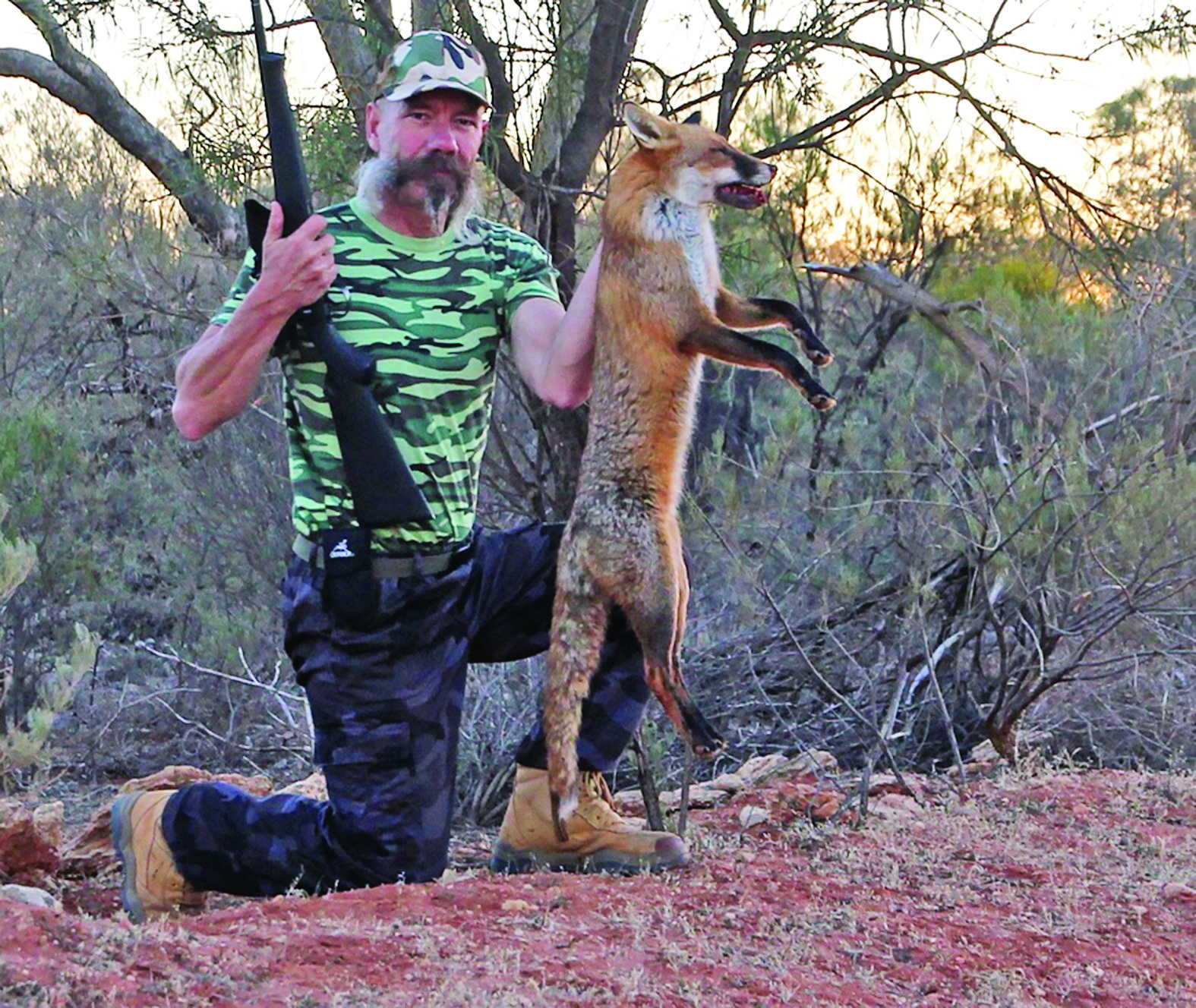

- Practise your whistling technique in areas with plenty of foxes because obviously more opportunities means a faster learning curve.
- Certain times of year will yield better results than others.
- Springtime is when mature foxes hunt to feed pups, meaning they look for every morsel they can find.
- Here in southern Queensland, when those pups are out on their own in midsummer, whistling can be very successful because these naive foxes go out hunting.
- When selecting a position, try to find an elevated spot to allow a long-range view of the surrounds.
- You don’t need to be concealed in heavy vegetation, but you’ll want some form of cover behind you to prevent being silhouetted against the sky.
- Camouflage will conceal your presence visually, allowing you to blend into the background.
- Keep movements to a minimum, and when you must move, do it slowly.
- You’ll want to be overlooking cover in which the foxes may be either resting or looking for prey.
- Foxes are not usually keen to rush into an open field upon hearing a whistle, instead often preferring to follow a gully, timber line or even a tall crop or overgrown fence line.
- Choose a shooting position that will allow foxes to approach along lines of cover but not surprise you by appearing at your feet without warning. Worse still is having a fox approach from behind, yapping as it bolts after having winded you from just metres away. That is just embarrassing!
- Wind direction is critical.
- A fox will catch your scent long before it can see you if it is downwind.
- Position yourself to have the breeze in your face if possible, but at least not blowing directly into the area where you hope the foxes will be.
As for actually calling a fox with a whistle, there are no hard and fast rules.
- Initially, try making about 10 fairly loud raspy squeals, then wait for a minute or two in silence.
- While waiting, scan from side to side while moving as little as possible and concentrating on close areas first before gradually shifting your focus further away.
- Repeat the 10 squeals again after a few minutes and repeat the process, looking for any close movements before scanning the distance.
- If you know foxes are in the immediate area it can pay to persist for an hour or so before giving up and moving to another spot.
- At times, a change of position to just half a kilometre away can yield results but I usually make a move of twice that distance if the property I’m on has the space to allow it.
- When you do spot a fox moving in your direction, cease whistling altogether, slowly make ready for a shot and wait.
- There’s no need to whistle again unless the fox loses interest and begins to wander off or is heading in the wrong direction.
- In those instances, a very soft squeak or two from the whistle is all you should need to reignite a fox’s interest or redirect it.
- When a fox is approaching, patience is the key.
Sometimes they’ll simply trot straight up to your feet, but they can be very cagey and stop to test the air, pause while they look for movement and so on. Once the fox has approached to the ideal distance for a shot, you may need to say “stop” to get it to pause.
Like all animals, make sure your quarry is quickly and humanely dispatched. Taking one fox from your chosen spot doesn’t mean you need to move. Just wait a few minutes and then recommence whistling; there’s no such thing as just one fox!
 Bush ‘n Beach Fishing Magazine Location reports & tips for fishing, boating, camping, kayaking, 4WDing in Queensland and Northern NSW
Bush ‘n Beach Fishing Magazine Location reports & tips for fishing, boating, camping, kayaking, 4WDing in Queensland and Northern NSW






